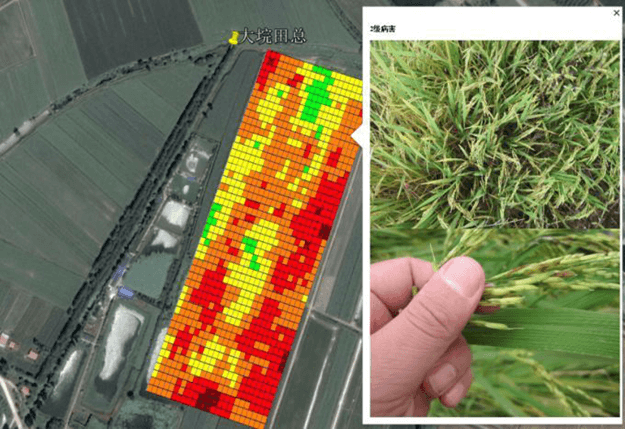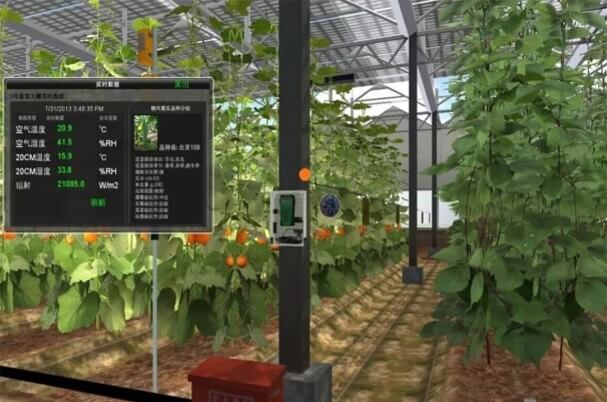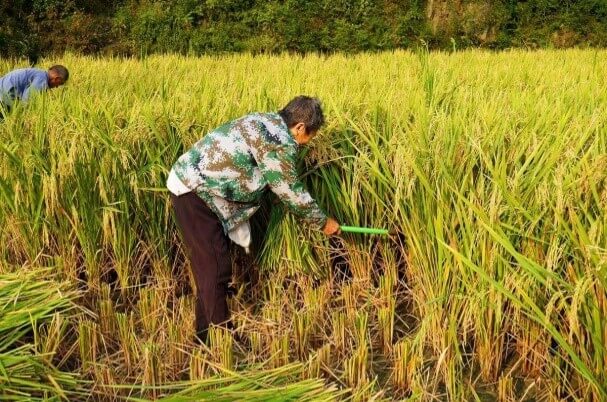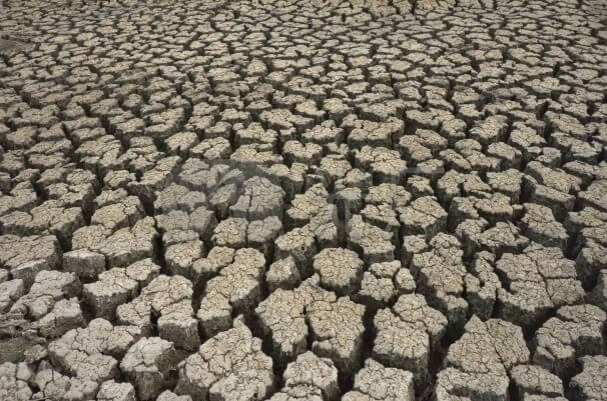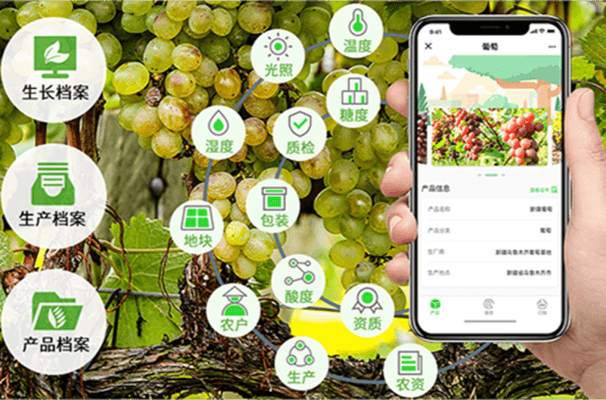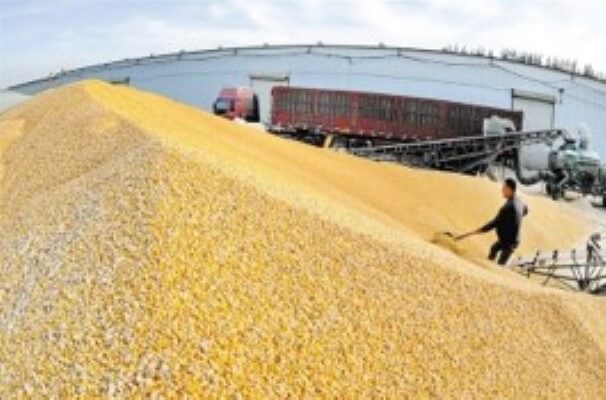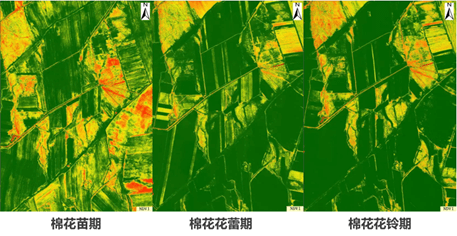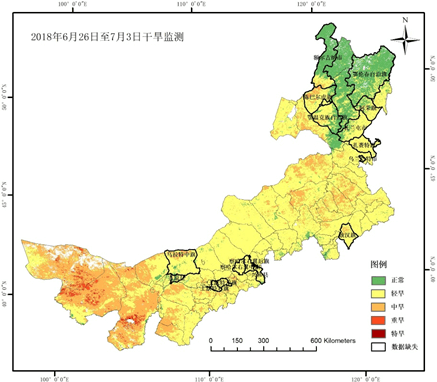

Luhai Kongjian(Yantai) Information Technology Limited Company
- ProductCenter
- Satellite design consulting services
- Remote sensing software platform services
- Value added services for data acquisition
- Solution
- Agricultural remote sensing monitoring
- Forestry remote sensing monitoring
- Ocean remote sensing monitoring
- Remote sensing monitoring of electricity
- NewsCenter
- Company News
- Industry Dynamics




15801018805
Satellite Data Industrial Park, Fengcheng Street, Haiyang City, Yantai City, Shandong Province


